Cádiz Phoenician Anthropoid Sarcophagi
The discovery of these rare, ancient artifacts led to the creation of a new museum.
In 1887, a male sarcophagus was discovered in an archaeological site called the Necropolis of Punta de la Vaca. The discovery of this Phoenician object was so profound that it prompted the creation of a new museum.
Additional findings proved the importance of the Phoenician colony of Gadir, one of the earlier Phoenician settlements in what’s now Spain. As these objects continued to pour into the humble museum, archaeologists became more and more attracted to Cádiz.
One such archaeologist was Pelayo Quintero Atauri, who was convinced of the existence of a female sarcophagus similar to the male one found in the necropolis. He searched throughout the city, excavating various Phoenician and Roman sites, but could not find what he sought. Pelayo Quintero was so intrigued by the elusive “Lady of Cádiz” that he even dreamt about her at night. But sadly, his dreams never came to fruition, and he moved away in 1939.
In 1980, years after Pelayo Quintero’s death, an excavator stumbled upon something large and made of marble—the female anthropoid sarcophagus. Amazingly, the artifact was unearthed near the very spot where Pelayo Quintero had so often slept and dreamt of her.
The male sarcophagus is a piece of marble from the fifth century BC. On top of the marble is a bearded man with a tunic. He holds a grenade in his hand. The female sarcophagus shows what looks like a young woman. She wears a plain dress without many details, so it is supposed that all the decorative complements were probably painted. Reddish polychrome remains can still be seen in her hair.
Considering the similar appearances, it’s easy to assume the sarcophagi represent a pair of Phoenician aristocrats. But actually, the female sarcophagus is 70 years older than the male.
Know Before You Go
Due its narrow streets, the best option to visit Cádiz is by walking. The museum is situated in the historic center of this ancient city. Admission is free.





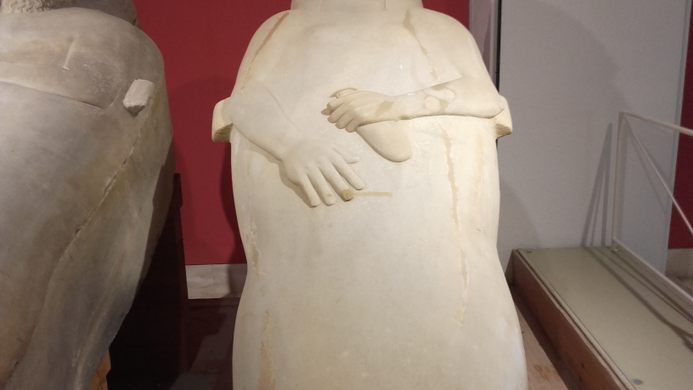
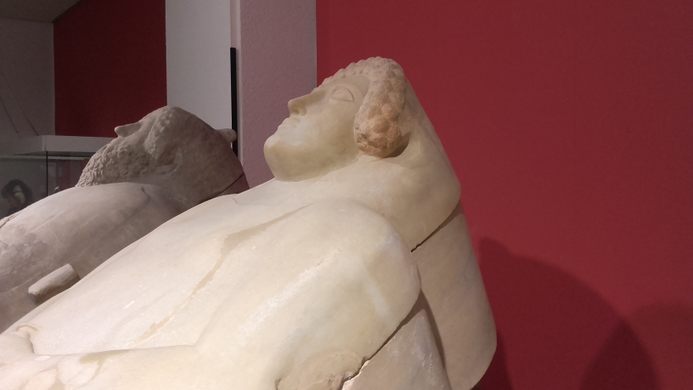

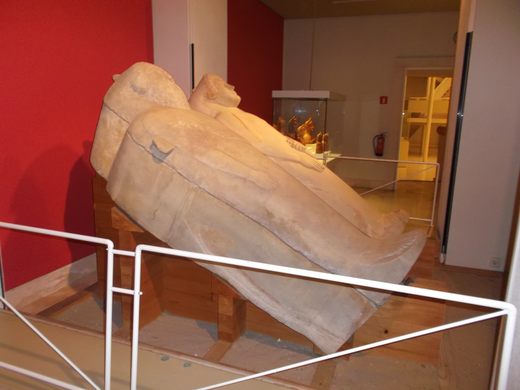







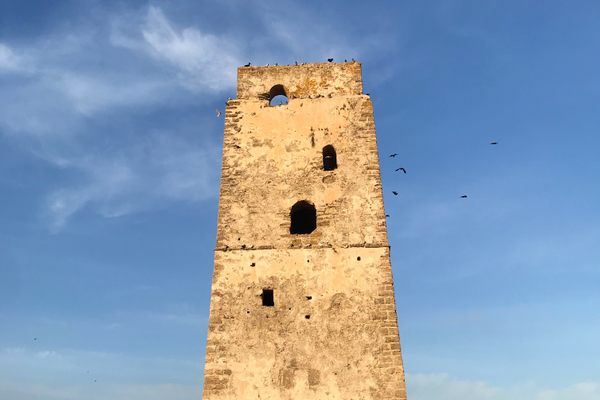
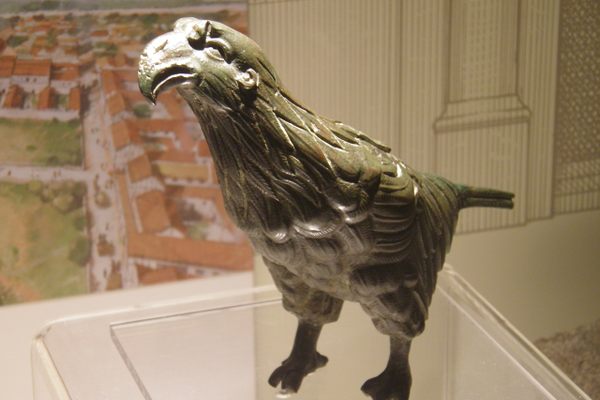




Follow us on Twitter to get the latest on the world's hidden wonders.
Like us on Facebook to get the latest on the world's hidden wonders.
Follow us on Twitter Like us on Facebook